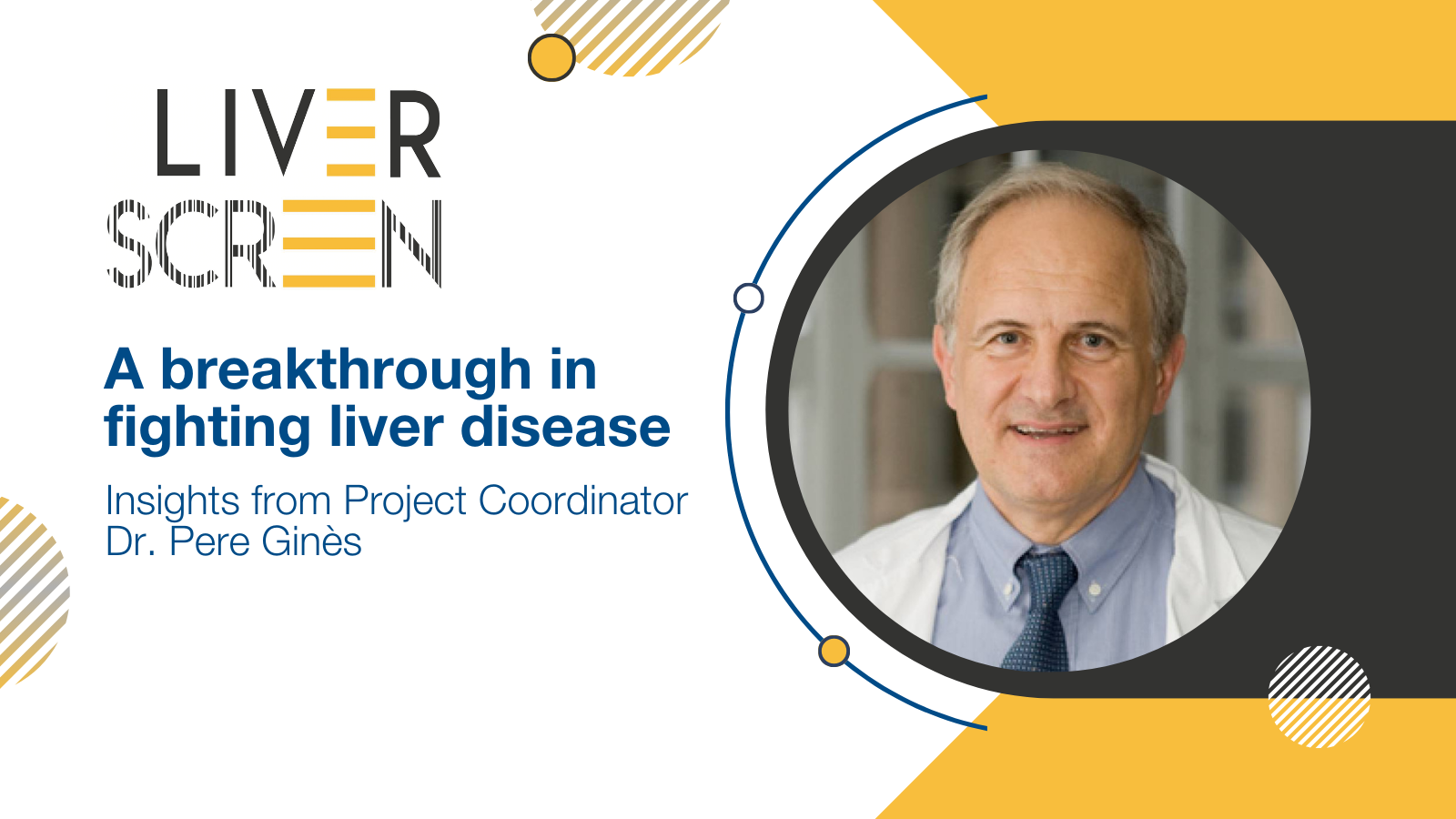LIVERSCREEN: A breakthrough in fighting liver disease

Liver diseases pose a significant global health challenge, with conditions like liver fibrosis often remaining undetected until they reach advanced stages, leading to severe consequences such as cirrhosis and liver cancer. In response to this pressing issue, the LIVERSCREEN project aims to revolutionise the landscape of liver disease detection and prevention across European countries.
At the heart of the LIVERSCREEN project lies the goal to establish a population-based screening programme for liver fibrosis utilising non-invasive markers. Driven by the need for early intervention and personalised therapeutic approaches, this initiative harnesses serological tests and vibration-controlled transient elastography (VCTE) to enable timely detection of liver fibrosis, even before symptoms manifest.
“The goal of the LIVERSCREEN project is to provide an easy-to-use, cost-effective screening program for the early detection of liver fibrosis,” says Dr. Pere Ginès, LIVERSCREEN Project Coordinator. “By implementing this programme, we aim to significantly reduce morbidity and mortality associated with liver disease.”
With the participation of 30,000 individuals across different European countries, the project seeks to validate the efficacy and feasibility of VCTE as a screening strategy for liver fibrosis detection within the general population. This sizable sample size not only ensures robust results but also facilitates comprehensive analyses across various demographic and socioeconomic strata.
Commenting on the significance of the project’s scale, Dr. Pere Ginès explains “Large-scale epidemiological studies are essential to establish the clinical relevance of screening programmes. The inclusion of diverse cohorts allows us to assess the effectiveness of screening strategies across different populations.”
The European Association for the Study of the Liver (EASL) serves as a pivotal dissemination partner, amplifying the project’s reach and impact within the hepatology community. Leveraging EASL’s expertise and network, the LIVERSCREEN project aims to drive widespread adoption of its screening programme and foster collaboration among stakeholders.
Reflecting on the project’s progress, Dr. Ginès highlights several key insights gained thus far. “We’ve observed a significant prevalence of latent fibrosis within the European population, with metabolic dysfunction-associated steatotic liver disease (MASLD) emerging as the predominant etiology,” he notes. “Moreover, our development and validation of the LiverRisk score© represent a major breakthrough, offering both diagnostic accuracy and prognostic value in predicting long-term liver-related outcomes.”
Looking ahead, the LIVERSCREEN project sets its sights on implementing its screening program in real healthcare settings, guided by the innovative LiverRisk score©. By prioritising early detection and personalised risk assessment, this initiative paves the way for improved patient outcomes and reduced disease burden.
EASL serves as a consortium partner in various Horizon-2020 and Horizon-Europe projects by supporting their dissemination and communication activities. For more information about EASL’s current EU-funded projects see https://easl.eu/eu-funded-projects/ and visit the project websites to learn more.

